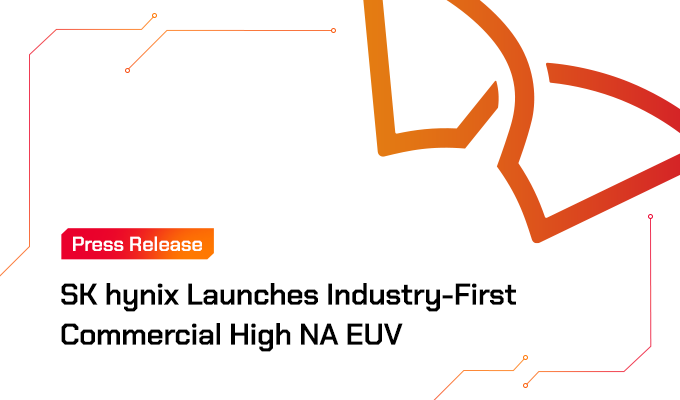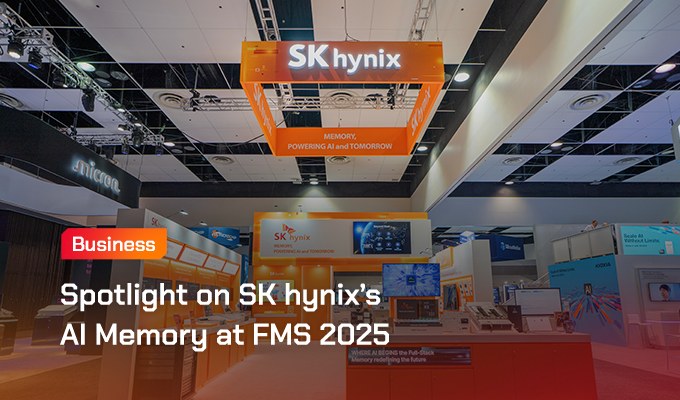
When Facebook recently announced that it would change its name to Meta, reflective of its focus on the metaverse, it sparked an overnight curiosity about the word ‘metaverse.’ Until then, the term mostly had been limited to tech enthusiast circles, where advancements in virtual reality and other emerging technologies were the focus. Facebook, as a company, has been vocal about its interests in the metaverse and is putting itself into a leadership role for defining what the metaverse might look like. But a platform company alone won’t be able to define the metaverse.
Technically, the metaverse isn’t a real thing. Even though the concept of a fictitious universe goes back to 20th-Century science fiction, the metaverse remains largely a concept – though the technology has advanced in recent years that helped frame a vision for social, economic, and cultural interactions between avatars. At last, the distinction between the virtual and real world is beginning to blur.
Think of the Metaverse As…
Admittedly, there’s no single definition or example of the metaverse, as the concept is continuously evolving. One way to explain the concept is to imagine the internet itself in a persistent and shared 3D version that is interconnected in a perceived virtual universe. More broadly, it has the potential to broaden beyond virtual environments and into augmented realities that facilitate interactions between the two worlds – physical and virtual.
Credit for the term itself goes to author Neal Stephenson and his 1992 novel Snow Crash, referring to a 3D virtual world where avatars of real people interacted with one another. Today, that’s not so hard to imagine when you consider our exposure to virtual reality games such as Fortnite and Minecraft or social network services such as Second Life and Twinity.
By enabling real-time interactions in a virtual world, they represent what many today might see as the metaverse. Yet, as advanced as those experiences might seem, they still aren’t true reflections of what the metaverse has the potential to evolve into, much of which has to do with the evolving capabilities of advanced technologies.
Still, the science, technology and business visionaries of today recognize what’s coming down the pipeline over the next generation – from faster, low-latency connections to more resilient and powerful technology components – and how it will open doors to new content-based revenue models in brand marketing, digital commerce and, eventually, virtual performances, among others.
Already, companies who shifted to remote work and video conferencing during the pandemic – as well as their employees and customers – have created more awareness around the value of virtual meetings. Taken to the next level, those same meetings could be less video-centric and more focused around an experience where avatars can virtually meet around a virtual table in a virtual conference room and pass virtual documents to one another – in real-time, without hiccups, delays or buffers.
Robust Technology Enables Metaverse Expansion
That’s where the power of the technology comes into play. The interest in future metaverse experiences and applications is driving the advancement of backbone technology, especially among components that enable fast, real-time processing of vast amounts of data generated through these metaverse interactions. And with the expansion of higher-end games, as well as virtual reality and augmented reality applications, the demand for CPU and GPU processors, as well as server DRAM, is expected to increase.
Certainly, graphics capabilities in VR applications have become more advanced over the years – but that’s largely been possible because of powerful semiconductors that provide the enormous memory bandwidth needed to reduce latency and create a seamless experience, even with the slightest turn of the head.
As such, there’s been greater technology capabilities through the development of next-generation low power DRAM for mobile devices, with SK hynix providing the latest technology to smartphone manufacturers. For the first time, SK hynix has adopted the Extreme Ultraviolet (EUV) equipment – lithography technology that uses extreme ultraviolet – for mass production through a photo process where circuit patterns are drawn on wafer surfaces.
New technology is expected to increase the number of DRAM chips produced from the same size wafer by 25 percent over the previous version. In addition to offering the fastest transfer rate and reducing power consumption by 20 percent, it could also help alleviate supply and demand concerns on global markets. A typical VR application can generate one terabyte of data per hour, or 10 to 20 times the storage capacity used by standard HD video files, creating a need for both processing speed and energy efficiency.
What’s Next for the Metaverse?
The power of the technology is what will allow the physical devices that open the doors to the metaverse to flourish. Facebook demonstrated a proof-of-concept VR headset last summer that simply looked like a pair of oversized sunglasses, headgear on the market today looks quite different and has mostly been limited to bulky goggles weighed down by a battery.
As interest continues to broaden the vision of metaverse environments, the demand for innovation is unlikely to subside. Ericsson has referenced an “internet of the senses” that would transport more than our sight, while the Teslasuit is using haptic feedback in a full-body suit that is already being used for NASA astronaut training. And at last year’s Facebook Connect, John Carmack, consulting CTO at Oculus and the inventor of 3D gaming, identified most promising new possibilities of VR, including emerging applications in the exercise space.








